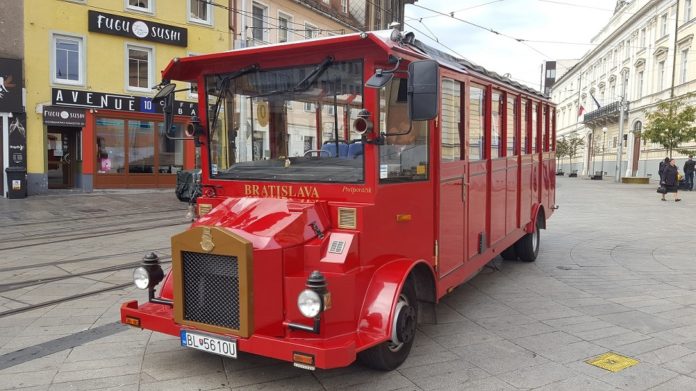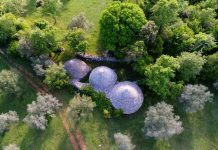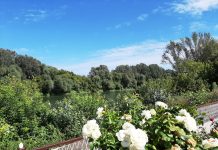Bratislava, a beauty of the Danube, the capital of Slovakia, a city of relaxing atmosphere and friendly hosts, many lovely promenades and a picturesque old centre, once the crowning city of kings, nowadays a hedonistic town with excellent gastronomic offer, a place of entertainment and gathering of young people from all over the world. Until recently, in the shadow of Vienna, Prague and Budapest, today it is its own, self-sufficient metropolis that will satisfy even the most demanding visitor in its elegance of simplicity. And it is important to note – only four hundred kilometres away from Zagreb and as such ideal for an extended weekend visit!
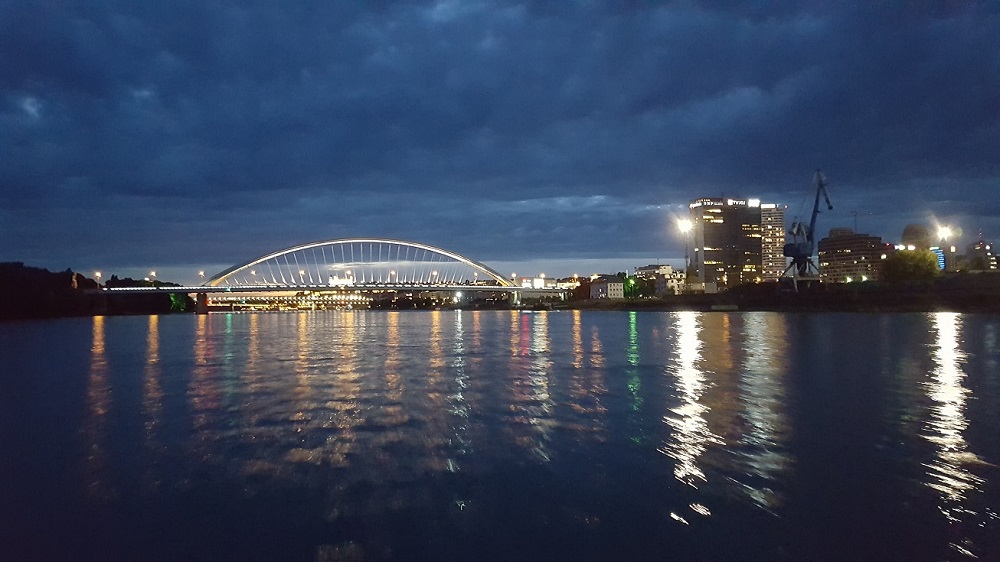
Bratislava and its surroundings offer a great deal to spend a few pleasant days. Let’s start from the very centre, which among others was stepped on by the kings just crowned in the Cathedral of St. Martin, and today you can follow the same route marked by brass crowns placed in the floor of the walkways. The Coronation Festival is held here every year at the end of June:
The strict centre is a pedestrian zone full of restaurants, cafes and pubs where you can taste great Slovak food, blending the mix of influences from several cultures that have left their mark on history. The ingredients used most commonly in the kitchen are pork, chicken, duck, potatoes, cabbage, peppers, cheese, fruit and bread.
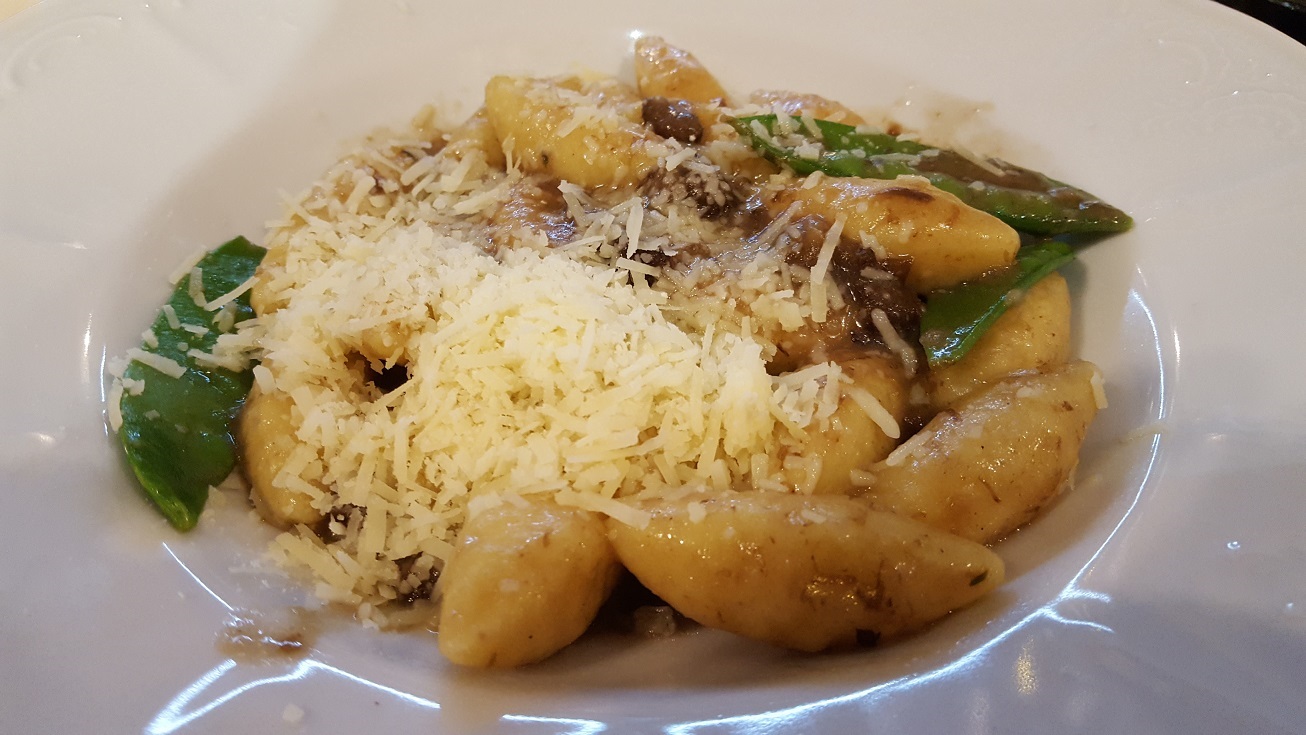
Eg. krémová cesnaková polievka is a creamy garlic soup served in a bowl-shaped pastry, and dumplings made from potatoes or flour are a key feature of many of Slovakia’s main courses. Roast duck with cranberry sauce or bryndzové halušky, i.e. potato dumplings with homemade sheep cheese, sour cream, and slices of crunchy pancetta are simply a must try before returning home, and if there is still room for dessert then order dumplings with poppy seeds, stuffed with plums or a classic strudel with apples and cinnamon.
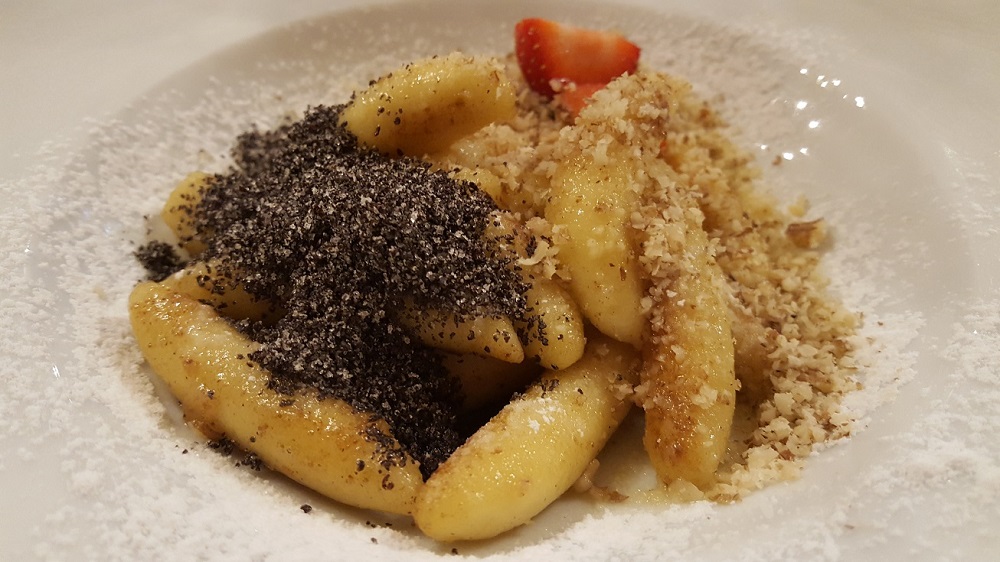
In order to fully complete the Slovak gastronomic story, you have excellent local wines and beers and Slovak aperitifs to choose from: plum brandy, “blueberry”, i.e. spruce berry brandy or vegetable brandy “Demänovka”. Slovaks have their own version of Coca Cola, which is the so-called Kofola. And if you want to delight your little ones, let them take you to Bon Manufaktur – a fabulous candy shop in the heart of Bratislava where you can see the whole process of making colourful sweet creations.
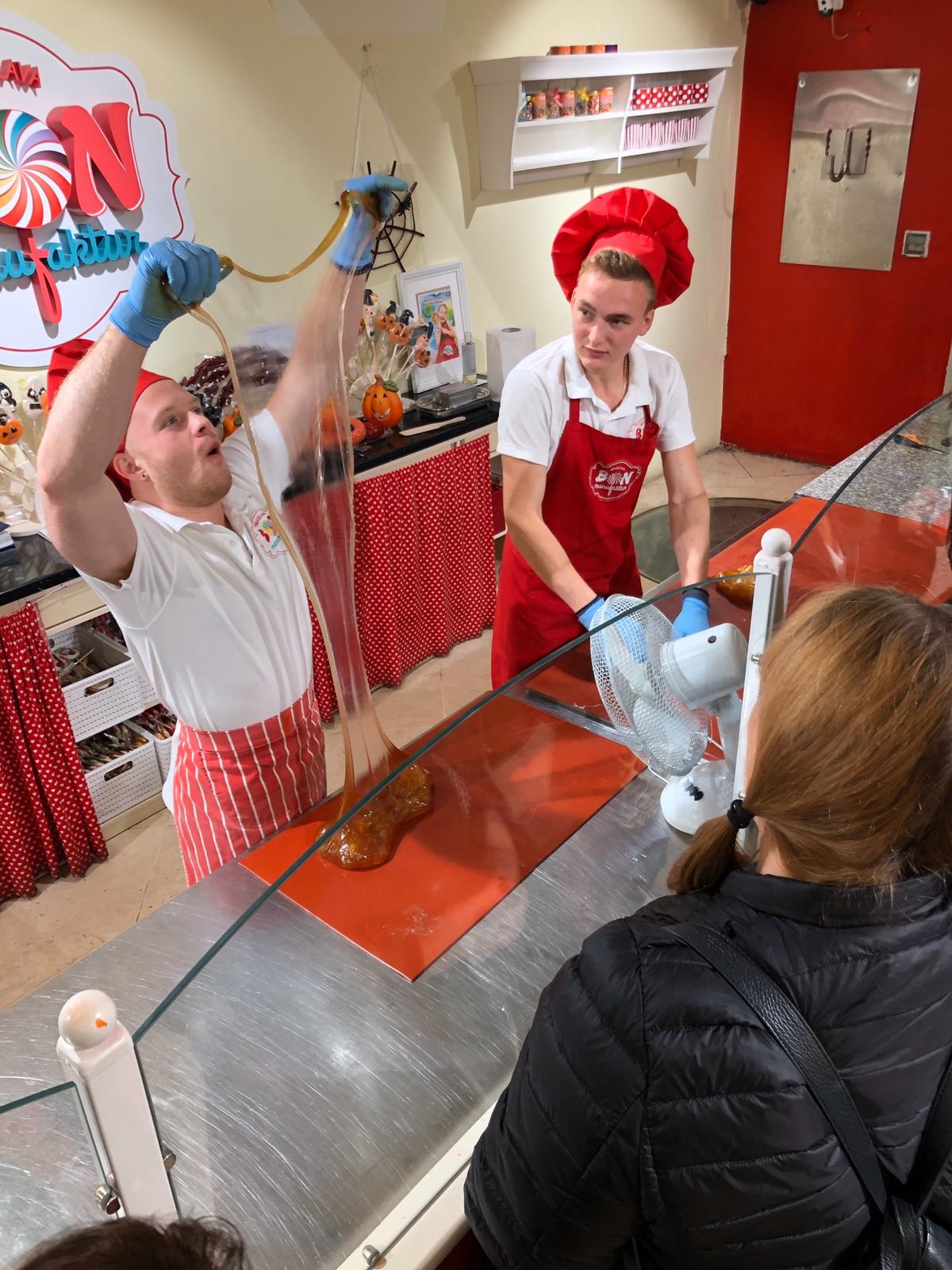
The top catering establishment that definitely stands out in Bratislava is the UFO bar & restaurant shaped like a flying saucer, located at the top of the New Bridge at an altitude of 85 meters.
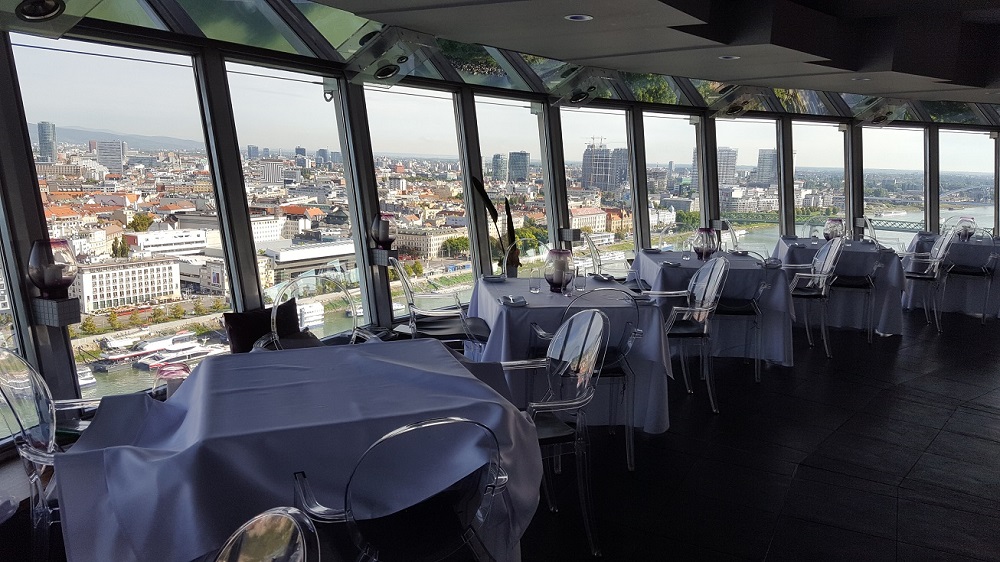 Unforgettable panoramic views of Bratislava and the Danube and the fusion of Mediterranean and Asian cuisine are the main advantages of this place. For those who are a little brave, there is also the UFO Skywalk – a unique adrenaline attraction where, accompanied by a professional instructor, you exit outside of the restaurant and defy gravity near the cloud about sixty inches wide. It is recommended that you try the SKY walk before lunch.
Unforgettable panoramic views of Bratislava and the Danube and the fusion of Mediterranean and Asian cuisine are the main advantages of this place. For those who are a little brave, there is also the UFO Skywalk – a unique adrenaline attraction where, accompanied by a professional instructor, you exit outside of the restaurant and defy gravity near the cloud about sixty inches wide. It is recommended that you try the SKY walk before lunch.
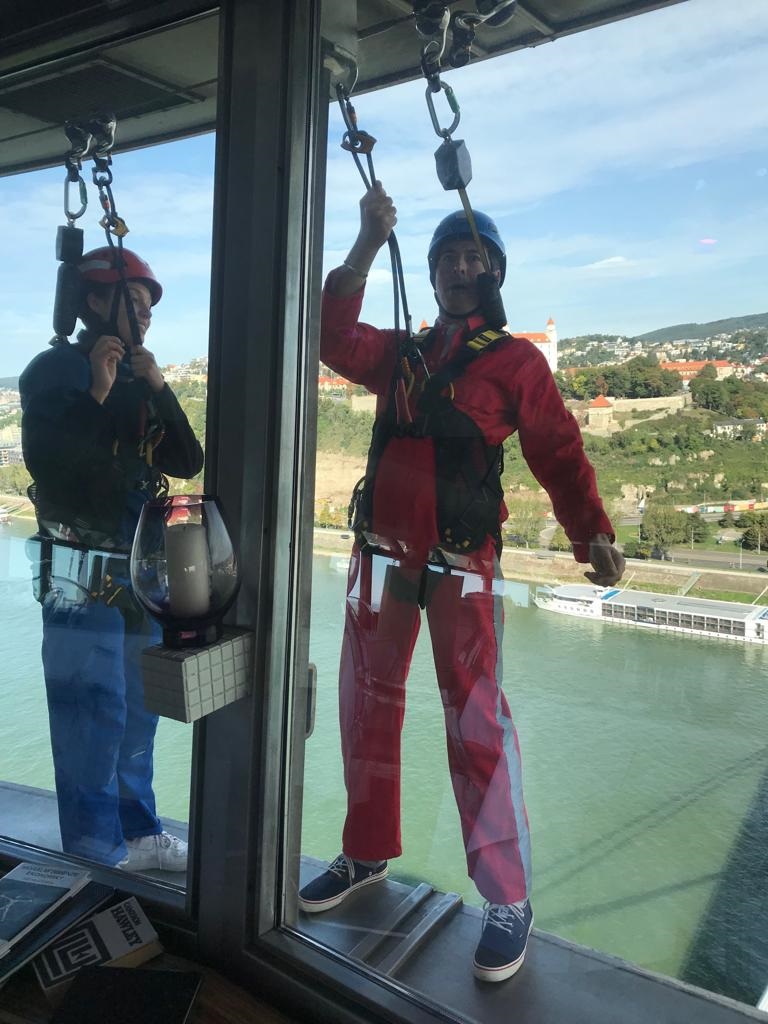
For a quicker and easier sightseeing of Bratislava, I certainly recommend Prešporáčik or a modern copy of the old Škoda model 1203, and today the most popular means of sightseeing in the city – a kind of icon of Bratislava. Each vehicle is also equipped with a special accessory – an audio guide recorded in 18 languages, so you know exactly what you are looking into at all times.
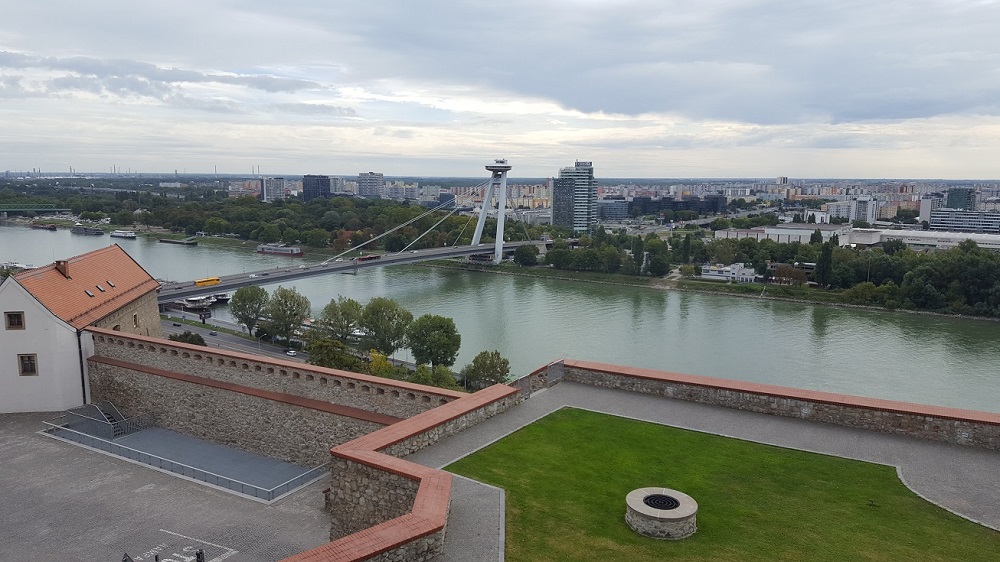
Due to its status as a Cold War border area, much of the green belt around the city is intact. Coastal forests near the mouths of the Danube and Morava are particularly popular, and also the Little Carpathians provide another opportunity for outdoor activities such as the increasingly demanding cycling.
There are also two famous cycling routes around and along Bratislava – the EuroVelo 13 route and the more popular EuroVelo 6 route, which largely encompasses the beautiful landscapes of the Danube, while the centre of Bratislava is completely intersected by wide cycle paths.
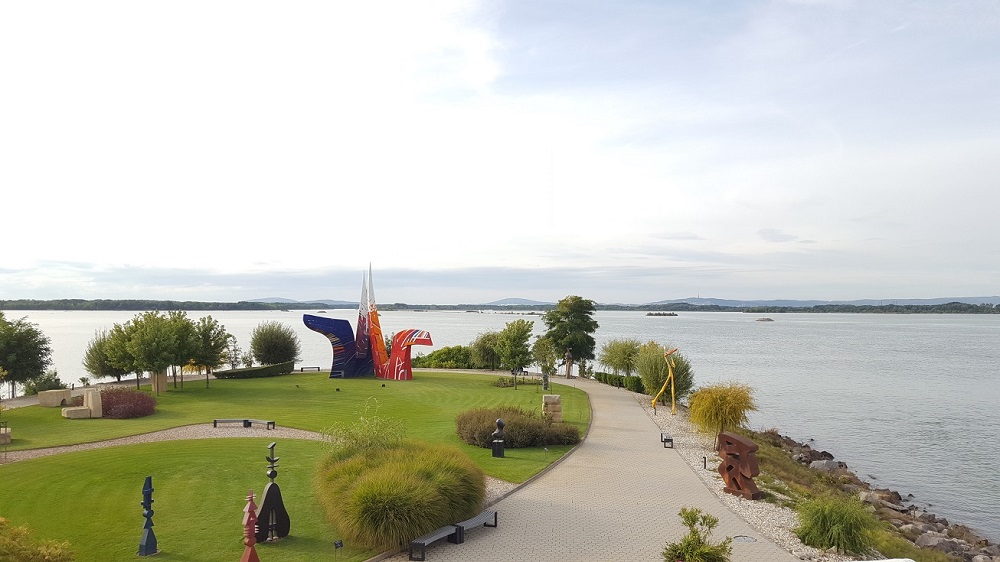
However, if you are one of those who prefer indoor use with brainstorming with their friends – a worldwide phenomenon called ESCAPE ROOM hit Bratislava a few years ago so you can find a whole range of escape or panic rooms here, and often entire apartments and houses put into this use. Please also note that you have a free “VisitBratislava” WI-FI network throughout the centre of Bratislava.
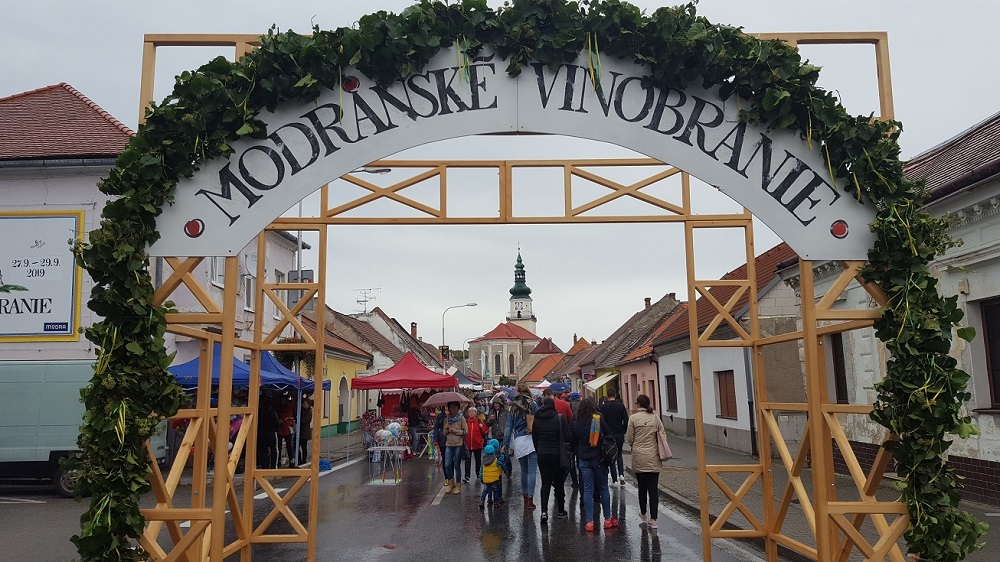
It is a special story to enjoy the beauty of Bratislava by watching it directly from the mighty Danube whether you are on one of the luxury river cruisers, floating restaurant boats or speedboats. If you still plan to sail shortly before sunset, a fascinating view of the illuminated city overlooking the dominant Bratislavsky hrad, formerly a royal residence, will give you a relaxing view worth admiring.
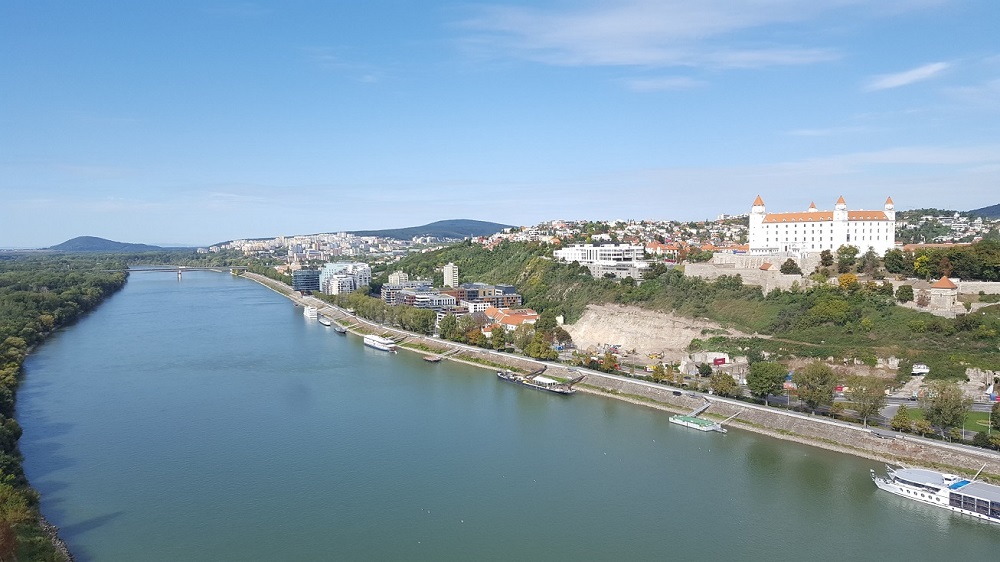
And then you can also use the Danube to take a speedboat to the Art Museum, twenty kilometres away – Danubiana Meulensteen. One of the most romantic museums of modern art in Europe, it sits on the borders of Slovakia, Hungary and Austria, and its harmonious combination of museum architecture and the surrounding landscape offers visitors unique views of the works of art as well as the flora and fauna that change with the seasons. The roof of the museum also provides phenomenal views of Bratislava, the Carpathian Mountains and the magnificent Danube River, especially at sunset.

For lovers of adrenaline water sports, there is the Čunovo – Divoka voda sports complex nearby. If you are brave enough and have the strength, you can also enjoy rafting and kayaking here at the same place where the 2011 World Canoe Slalom Championship was held.
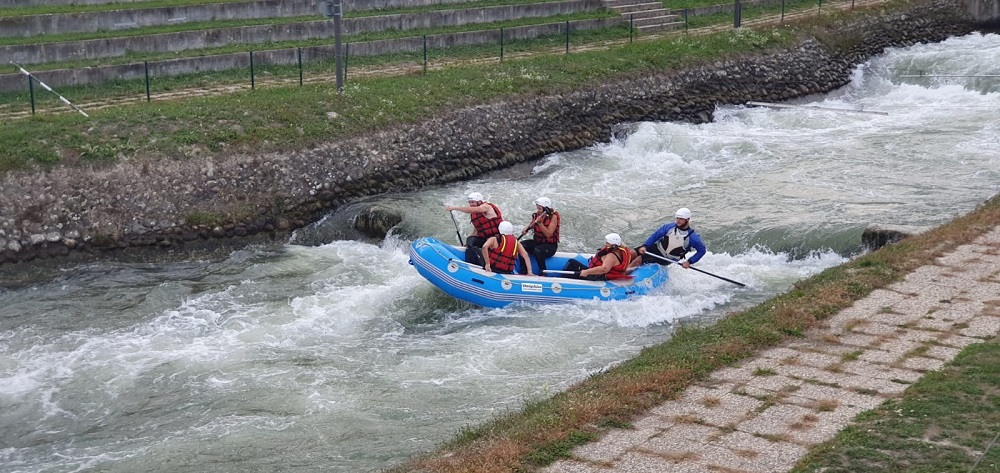
You can spend the last day of your stay in Bratislava in the area of the Little Carpathians, where the famous wine-growing towns of Svätý Jur, Pezinok, Modra and Trnava are located. Visitors are also offered a tradition of diverse folklore, such as the Majolica Pottery Workshop established in 1883. The region consists of 12 winegrowing areas and comprises an administrative area of 120 winegrowing communities.
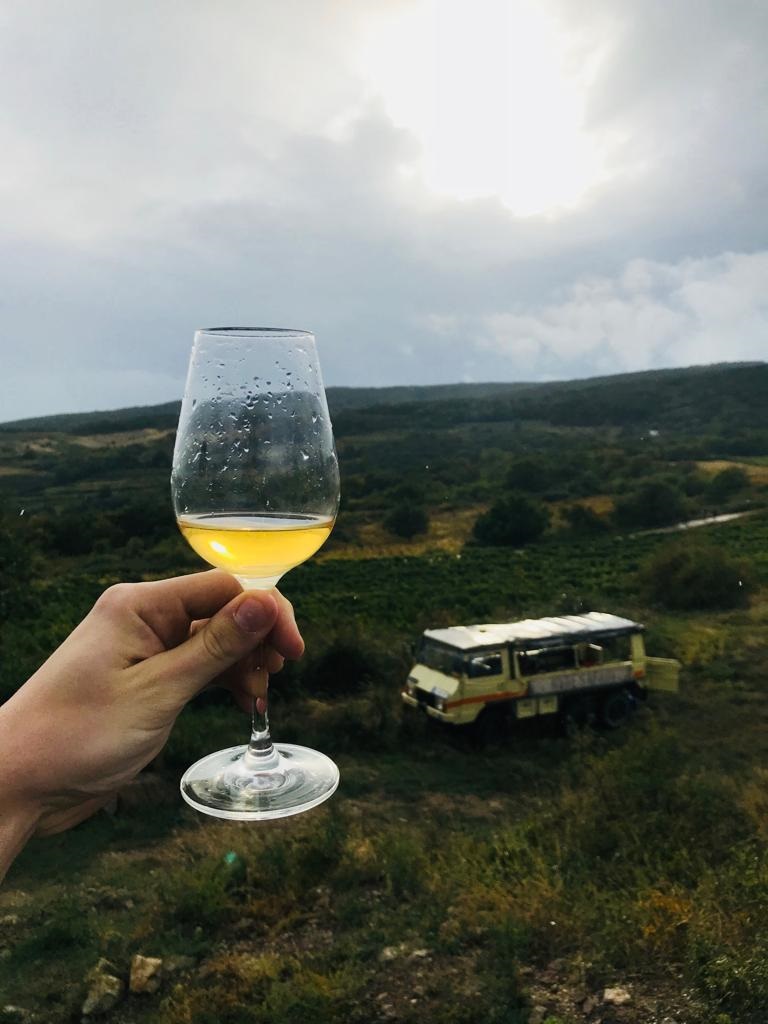 Vineyards stretch along continuous belts on the slopes of the Little Carpathians from Bratislava to Pezinok and beyond to Horné Orešany. With plenty of wine cellars, quality wines and local delicacies, and the opportunity to enjoy a wine safari through the rows of vineyards in the iconic Pinzgauer, here, with a relaxed atmosphere, everyone will find something for themselves.
Vineyards stretch along continuous belts on the slopes of the Little Carpathians from Bratislava to Pezinok and beyond to Horné Orešany. With plenty of wine cellars, quality wines and local delicacies, and the opportunity to enjoy a wine safari through the rows of vineyards in the iconic Pinzgauer, here, with a relaxed atmosphere, everyone will find something for themselves.
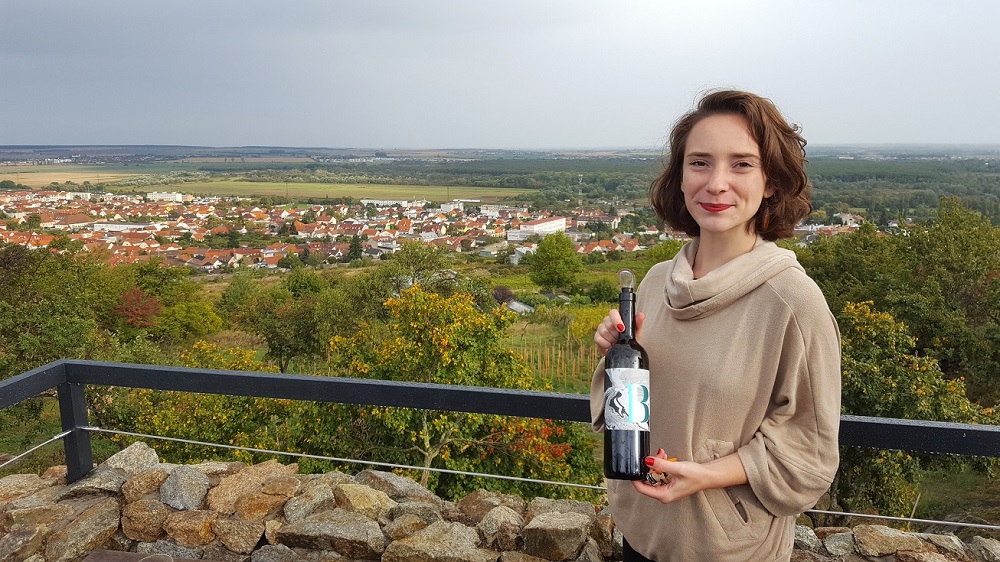
In the vicinity of Modra, under the slopes of the Little Carpathians, the impressive Červený Kameň castle was built in the 13th century as part of a chain of castles to defend the Hungarian border from Pressburg to Žilina. Over the centuries, the castle underwent many reconstructions to be built in the 16th century as a Renaissance fortress with knowledge of contemporary architecture.
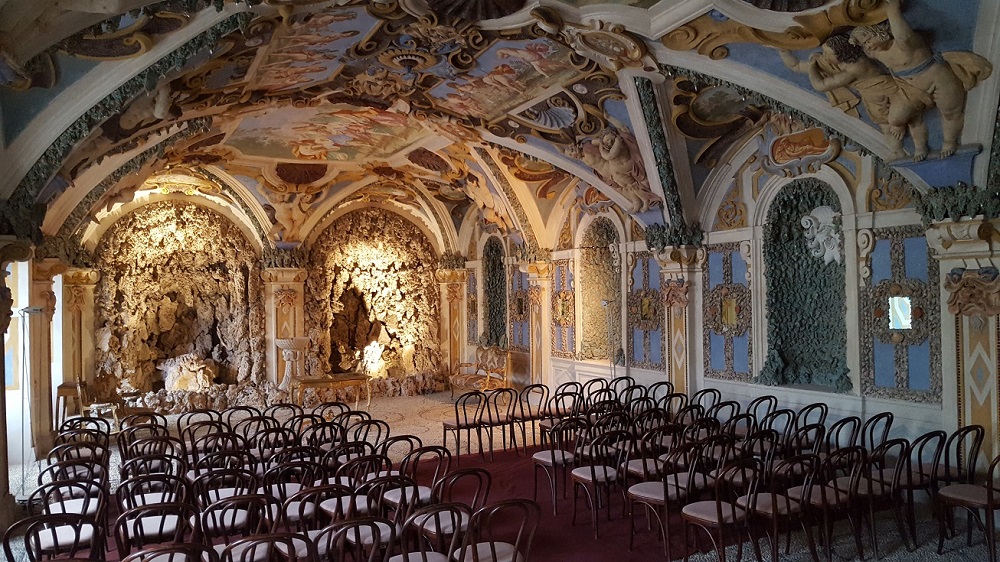
It has been adapted for the effective protection of everything hidden in large storage areas, especially the spacious wine cellars, the largest in Central Europe, and about a hundred meters deep well as a source of drinking water inside the castle.
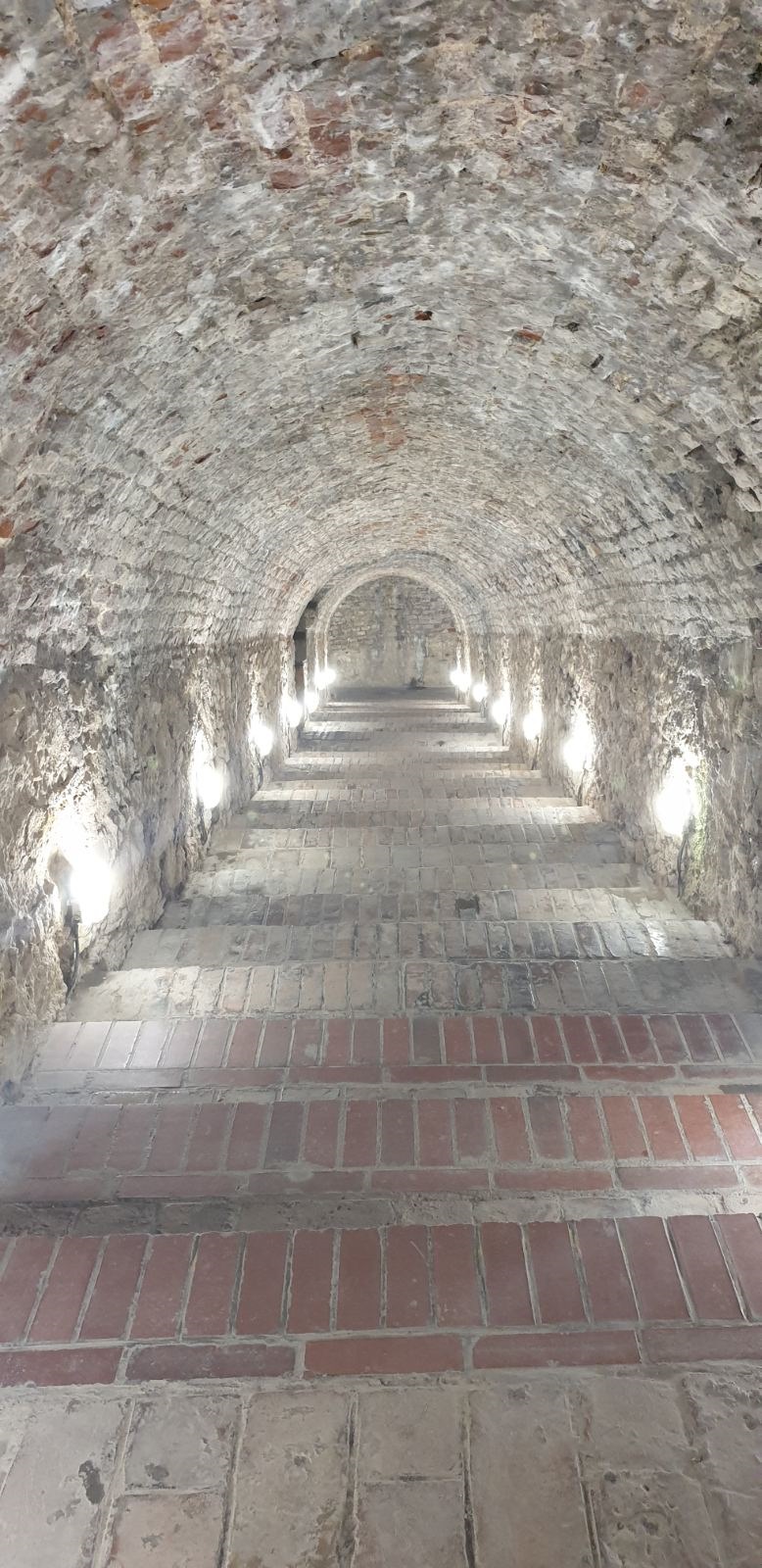 Červeny Kamen was owned by one of the most powerful families of the Austro-Hungarian Empire – Palfi, who lived there until 1945. Visitors can admire the beauty of the castle especially during the fencing and falconry festivals. Today, the castle hosts a museum that represents the historical accommodation of the nobility and has been proclaimed a national cultural treasure.
Červeny Kamen was owned by one of the most powerful families of the Austro-Hungarian Empire – Palfi, who lived there until 1945. Visitors can admire the beauty of the castle especially during the fencing and falconry festivals. Today, the castle hosts a museum that represents the historical accommodation of the nobility and has been proclaimed a national cultural treasure.
A fairy tale about Bratislava?! “It is not necessary because the city itself is a fairy tale,” said Hans Christian Andersen on one occasion and thanked him for his statue on the streets of this city. So, experience the fairy tale and you. In Bratislava!
Thanks to Bratislava Tourist Board and Fijet Slovakia, for the excellent organization of this Press trip.
Author: Neno Pavinčić
Photos: Neno Pavinčić

